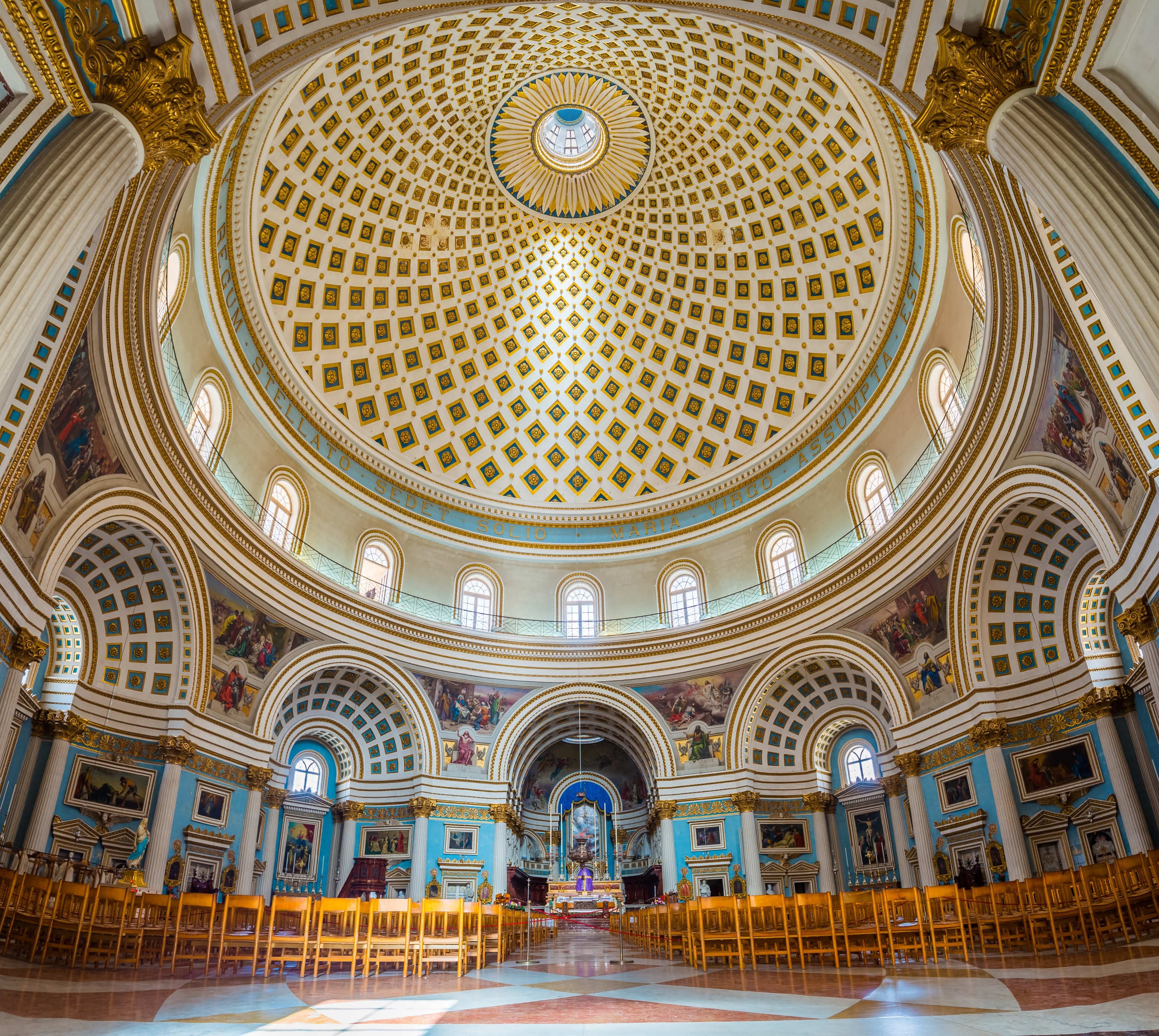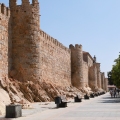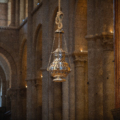For over two millennia, Malta has served as a crossroads in the Mediterranean, with its Christian history dating back to the shipwreck of Saint Paul in the first century. Since then, Malta has maintained a unique place in Christian history, preserving its religious and cultural heritage throughout the centuries. Indeed, the ancient pre-Christian sites and the many churches and pilgrimage routes that now dot the islands create a multi-faceted religious history that is the cornerstone of a fascinating living heritage.
Ancient beginnings: From pagan cults to Christian sites
Long before the arrival of Christianity, Malta was home to ancient civilizations that practiced their own rituals and traditions. Sites like the megalithic temples of Ħaġar Qim and Mnajdra, dating back over 5,000 years, reveal an advanced culture centered on nature, fertility, and cosmic cycles. These temples, among the oldest free-standing structures in the world, give us insight into the pre-Christian beliefs that flourished here, and attest to the fact that Malta has been a religious retreat since the dawn of time.
Malta underground: From Neolithic shrines to Saint Paul’s grotto
When Christianity arrived, these sites were not abandoned. Instead, they were woven into Malta’s new faith, as ancient pagan customs slowly but surely were transformed and subtly integrated into the island’s changing spiritual life. Over time, many of these early sites either found new uses or inspired the locations of Christian worship, preserving Malta’s ancient ties to its auroral past.
The legacy of Paul’s Shipwreck
The turning point in Malta’s Christian story begins with the shipwreck of Saint Paul, a moment recorded in detail in the New Testament’s Book of Acts. On his way to Rome, Paul’s ship was caught in a storm, and he and his fellow passengers found themselves washed ashore on Malta. The local Maltese are said to have welcomed them with warmth, helping them through the winter months.
During his stay, Paul is believed to have performed acts of healing, including aiding the father of Publius, the Roman Protos (governor) who would later become the island’s first bishop. This event marked the introduction of Christianity to Malta, where it would grow slowly and steadily. Though Malta’s Christian community developed at a modest pace (as elsewhere in the region), it gained momentum as the faith spread across the Roman Empire, eventually becoming a permitted religion (Religio licita) in AD 313, through Emperor edict of Milan, and then the official religion of the Empire, which shaped the island’s culture and identity.
Pilgrimage routes: Malta’s place on the Camino
Today, Malta is renowned for its collection of Christian sites, pilgrimage routes, and religious festivals. From ancient sanctuaries to grand basilicas, these sites form an intricate network that makes Malta the perfect destination for those interested in religious heritage and history.
Perhaps the most distinctive aspect of Malta’s pilgrimage tradition is its recent inclusion as a starting point on the Way of Saint James – the renowned Camino de Santiago. This link allows pilgrims to begin their journey in Malta, tracing a path that connects the island to one of Europe’s most famous pilgrim destinations. For those walking these paths, Malta’s inclusion in this international network adds a unique dimension, uniting its heritage with the broader European tradition of pilgrimage, honoring Malta’s role in shaping the religious history of the Mediterranean.
A living heritage
Malta’s Christian community grew over the centuries, and by the time Christianity became the official religion of the Roman Empire, Malta’s Christian presence was already firmly established. Today, this long history is visible in Maltese arcipelago’s landscape, home to 359 Catholic churches, symbolic of a tradition that has integrated deeply into daily life. These churches are places of worship, centers of community life, and repositories of history, art, and architecture.
From the ornate basilicas of Valletta and Mdina to intimate chapels tucked into hillsides or grottoes, each building has its own story to tell. Many of them buildings hold artifacts and artworks that date back centuries, connecting today’s visitors with generations of Maltese life. Saint John’s Co-Cathedral in Valletta, for instance, houses Caravaggio’s masterwork The Beheading of Saint John the Baptist, while other churches across the archipelago preserve miraculous byzantine icons.
Religious festivals, too, are woven into Malta’s cultural calendar. These events, celebrated with fireworks, processions, and feasts, bring communities together in shared cultural, religious, and historical appreciation. Villages across Malta celebrate their patron saints with events that transform everyday life into vibrant, living expressions of faith.
Malta’s role as a historical pilgrimage destination
Throughout the medieval period, Malta’s strategic location brought several different waves of influence – and, at times, conflict. One of the most notable periods in Maltese history came with the Knights of Saint John, who established Malta as a bastion of Christian culture and service in the Mediterranean. Their presence infused the island with a renewed sense of religious and cultural significance, which still echoes in the architecture, artworks, and customs left behind.
Modern-day Malta continues this tradition of welcoming those who wish to connect with its unique religious heritage. Among the key sites are Saint Paul’s Bay, where the apostle’s shipwreck is believed to have occurred, and the Grotto of Saint Paul in Rabat, where Paul is said to have preached. Additional pilgrimage locations include the Collegiate Parish Church of Saint Paul’s Shipwreck in Valletta, where some relics of the saint are preserved, as well as other historical spots across the archipelago.
The Maltese government and cultural organizations actively support this heritage, developing tours and pilgrimage routes that allow visitors to explore Malta’s blend of ancient and Christian history. Sites such as the Basilica of Ta’ Pinu on Gozo Island attract visitors interested in both their religious significance and their architectural beauty.
Malta’s timeless tradition
Malta’s unbroken 2,000-year Christian tradition speaks volumes about the island’s resilience, strength, and even adaptability. From its ancient pagan roots to its role as a modern pilgrimage site, Malta’s religious sites are tangible evidence of a tradition that has withstood centuries of change. While many countries have seen drastic shifts in religious customs, Malta has preserved them as a living part of its cultural identity.
For those visiting today, Malta offers a remarkable combination of ancient religious history and contemporary life. Visitors can walk the same paths that pilgrims, knights, and saints once traveled, exploring a landscape rich in cultural and religious significance. For anyone exploring the sacred heritage of the Mediterranean, Malta stands out as an enduring symbol of history, faith, and human resilience.





